You’ve seen them everywhere. Celebrities shill for brands on TV, billboards, and social media. Businesses pay huge sums for famous faces to promote their products and services. They do this through endorsement deals. Why? Celebrities can endorse products very effectively. They boost brand awareness, favorability, and sales.
But celebrity endorsements also carry huge risks. An ill-timed scandal or controversy can quickly turn an endorser from an asset to a liability. It damages a brand’s reputation by association. As they say, great rewards bring great responsibility. They also bring potential nightmares for the marketing team.
I’ve seen the great payoffs and huge failures of celebrity endorsements. I saw these in my career as a marketer. I worked with one coffee brand. They saw their social media engagement spike. It rose over 300% after hiring a popular music artist as their spokesperson. But I’ve also been in war rooms managing crises. That’s when endorsers’ skeletons come out.

I’m breaking down 10 infamous examples of celebrity endorsements gone bad. These are cautionary tales that kept marketers up at night. We’ll explore what went wrong. We’ll also look at how the brands responded. And we’ll cover key lessons for every business. They are about the treacherous world of celebrity brand partnerships.
Let’s dive in!
Key Takeaways
- Celebrity endorsements are powerful marketing tools. But, they also carry risks if the celebrity gets in a scandal or controversy.
- Brands must check celebrities carefully. They must also watch their behavior. This is to avoid damage from being associated with them.
- A solid crisis plan is crucial. This is especially true when an endorsed celebrity runs into trouble.
- Social media has amplified both the potential rewards and risks of celebrity endorsements.
- Not all celebrity controversies are deal-breakers for brands if handled properly with authenticity.
Tiger Woods and AT&T
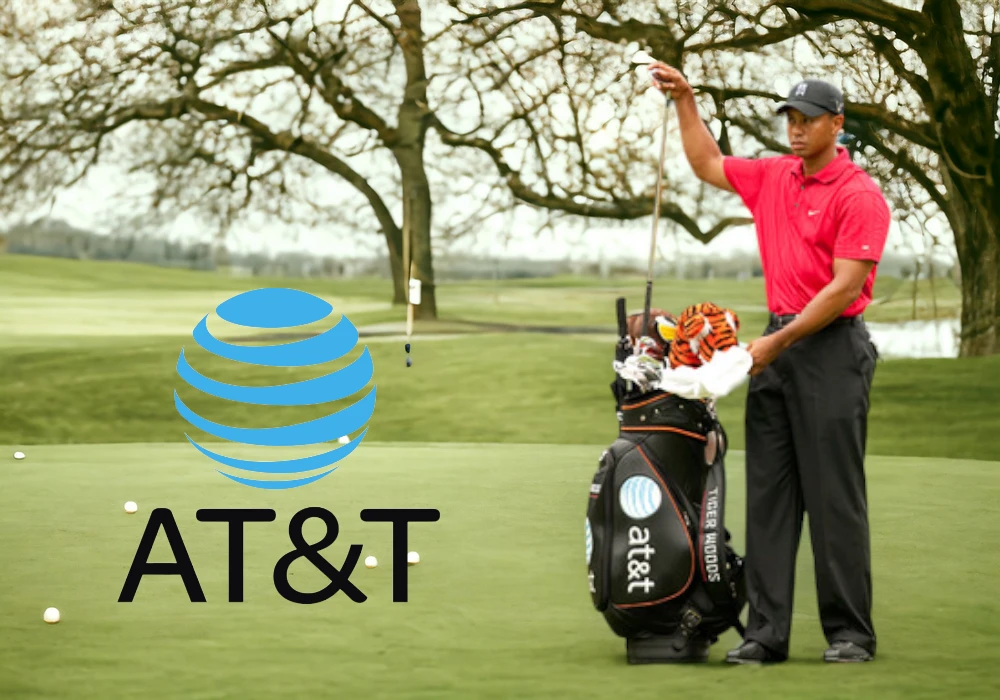
It seemed like the perfect endorsement deal at the time. Telecommunications giant AT&T signed golf superstar Tiger Woods to an exclusive contract. It was worth a reported $40 million. They signed him back in 1999. Woods’ clean-cut, all-American image aligned perfectly with AT&T’s buttoned-up corporate brand.
That all ended in 2009. Woods’ rampant cheating was exposed in a scandal in a tabloid. AT&T immediately severed ties as the golf legend’s image took a beating.
He’s been one of the most respected athletes. But, sadly, circumstances took that from him.” – Keith Strier, President of AT&T Corporate Sponsorship
The fallout showed the risks that brands take. They take risks by aligning closely with celebrity endorsers. It showed the reputational risks. One misstep could make your pricey, happy face a PR liability overnight.
Key Lesson: Check celebrities’ personal lives and public behavior before signing endorsement contracts. Have strong morality clauses. They let you exit the deal if an endorser’s actions clash with your brand’s values.
Kendall Jenner and Pepsi
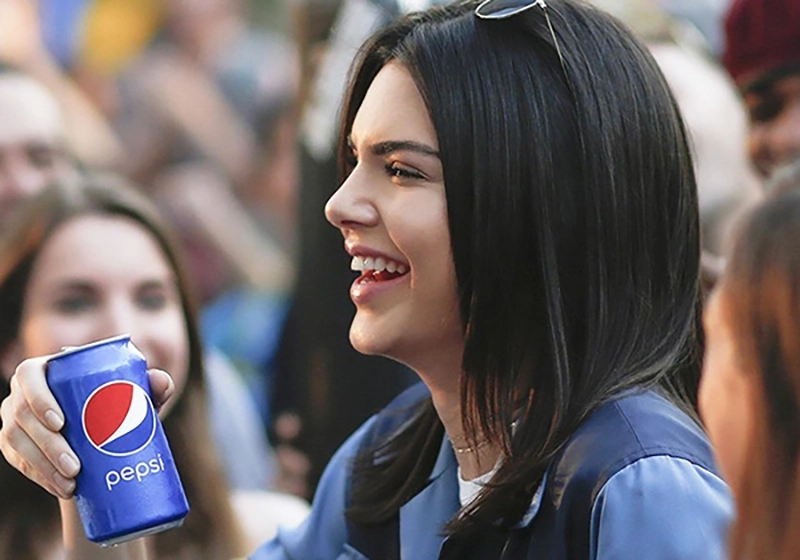
In 2017, Pepsi released one of the most painfully tone-deaf commercials. It starred Kendall Jenner. The 30-second ad showed the famous model. She ended a protest by handing a police officer a Pepsi. It implied the soda could solve deep social injustices. Yeah…
The backlash was fierce. Critics accused Pepsi of making light of Black Lives Matter. They said Pepsi was downplaying police brutality against minorities. The brand pulled the bad ad and said sorry. But, Pepsi’s image was already damaged.
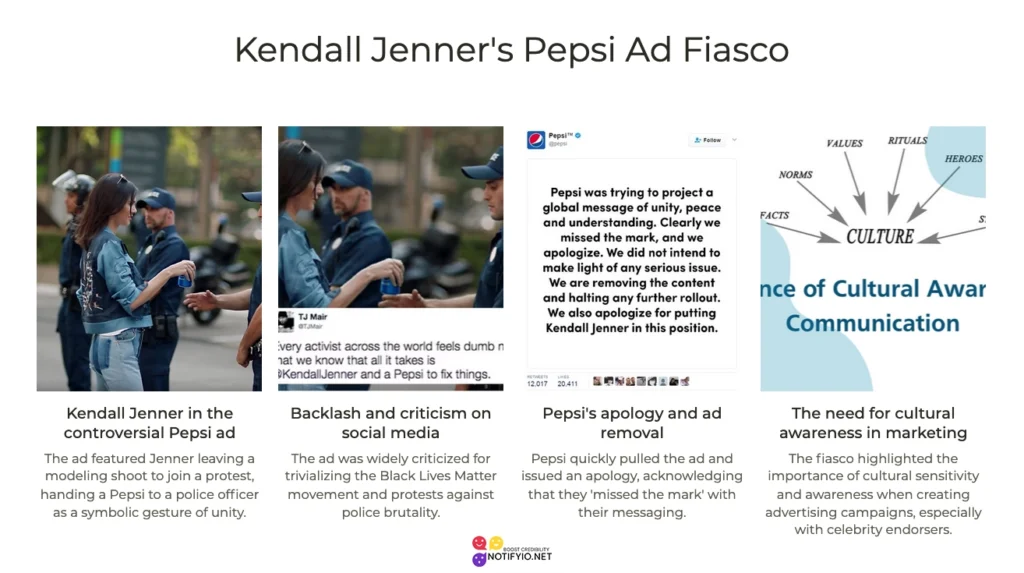
Jenner avoided most of the criticism. She was seen as just the hired talent. But, it still brought unflattering scrutiny to her brand. Arguably, she should have had enough social awareness. She should have rejected involvement in such a tin-eared concept from the start.
Key Lesson: Assess all ad concepts and campaigns carefully. Make sure they are culturally sensitive and won’t spark public outrage. This is especially important when working with celebrity endorsers. Value system alignment is crucial.
Lance Armstrong and Nike/Anheuser-Busch

Lance Armstrong was once an icon of perseverance. He survived cancer. But, his legacy imploded when his extensive doping scandal went public in 2012. Almost overnight, Armstrong went from beloved hero to a cheater. His fans and corporate partners saw him as disgraced.
Brands like Nike and Anheuser-Busch had struck lucrative deals with the cycler. They had to swiftly cut ties and distance themselves. Some estimates valued the total endorsement fallout at over $100 million.
The USADA (doping) allegations seem true. Due to this, Nike has terminated its contract with Lance Armstrong.” – Nike spokesperson
The Armstrong controversy highlighted the immense financial costs when another endorsement relationship sours. Brands had to quickly reshape whole marketing campaigns. The campaigns were built around the cyclist’s image.
Key Lesson: Do rigorous due diligence. Also, continuously monitor celebrity ambassadors. Seemingly upstanding people can have shocking scandals. Have contingency plans to sever deals if needed.
Kate Moss and Several Brands
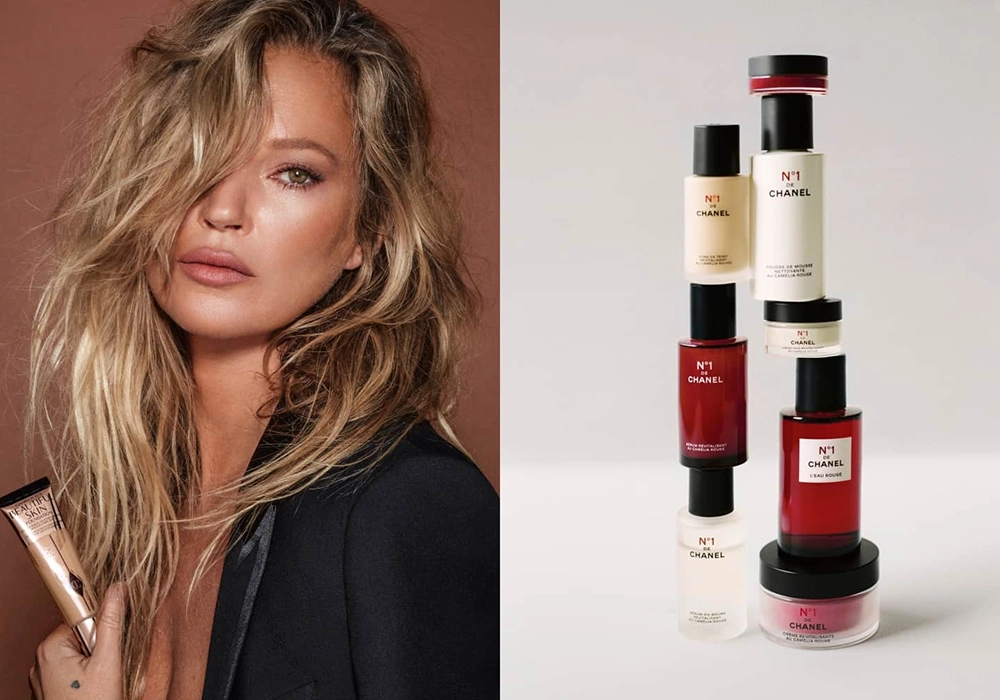
In 2005, the “cocaine kate” scandal erupted. British supermodel Kate Moss was infamously caught on camera snorting cocaine. Within days, the fresh-faced brand ambassador’s glossy endorsement deals began unraveling.
H&M, Burberry, Chanel, and other high-end fashion brands paid so much for Moss’ endorsements. They wasted no time dropping her as the controversy raged. Even after the initial furor died down, many luxury brands hesitated to work with Moss again. This lasted for years.
The saga lasted a long time. It showed how celebrity scandals, especially those involving illegal drugs, could linger. They can hurt endorsers’ marketability for a long time. However, Moss was eventually able to fix her brand image. She then re-signed endorsement deals, but for less money.
Key Lesson: Have “red lines” that trigger automatic termination. They should be defined and lead to ending celebrity partnerships if crossed. But also allow a path for image rehabilitation if the situation warrants a second chance.
Michael Phelps and Kellogg’s
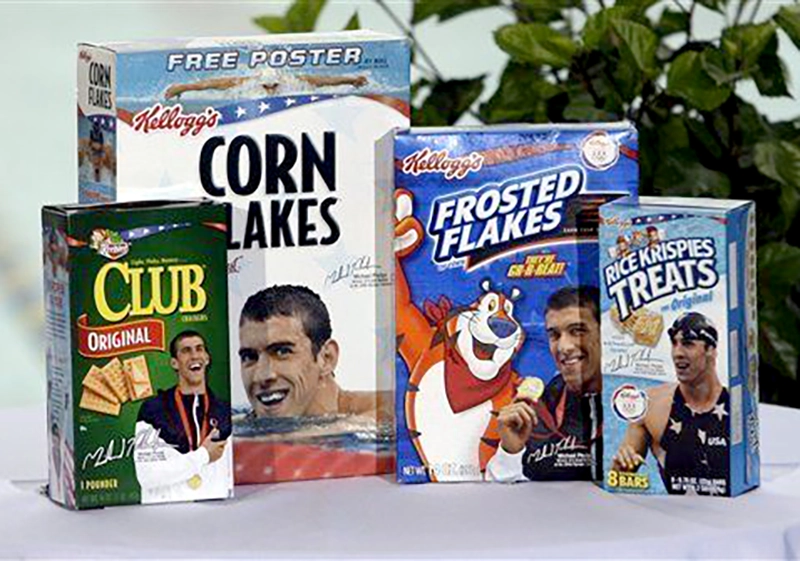
Even the most decorated Olympian in modern history could not escape endorsement fallout. This happened when scandal struck. In 2009, swimming star Michael Phelps got in trouble. Photos showed him smoking from a bong.
Phelps wasn’t breaking the law. But, his image clashed with Kellogg’s family-friendly brand. The cereal giant dropped its endorsement deal with the athlete. They did this as damage control.
“We no longer view Phelps as the right representative for our brand.” – Kellogg spokesperson
Interestingly, other sponsors like Speedo and Omega stood by Phelps. They calculated that the bad publicity would fade. This was especially true given Phelps’ unmatched athletic achievements.
Key Lesson: Not all celebrity controversies are necessarily cancellation-worthy if addressed authentically. Their severity, the endorser’s character, and brand context all factor into appropriate responses.
Paula Deen for Smithfield Foods
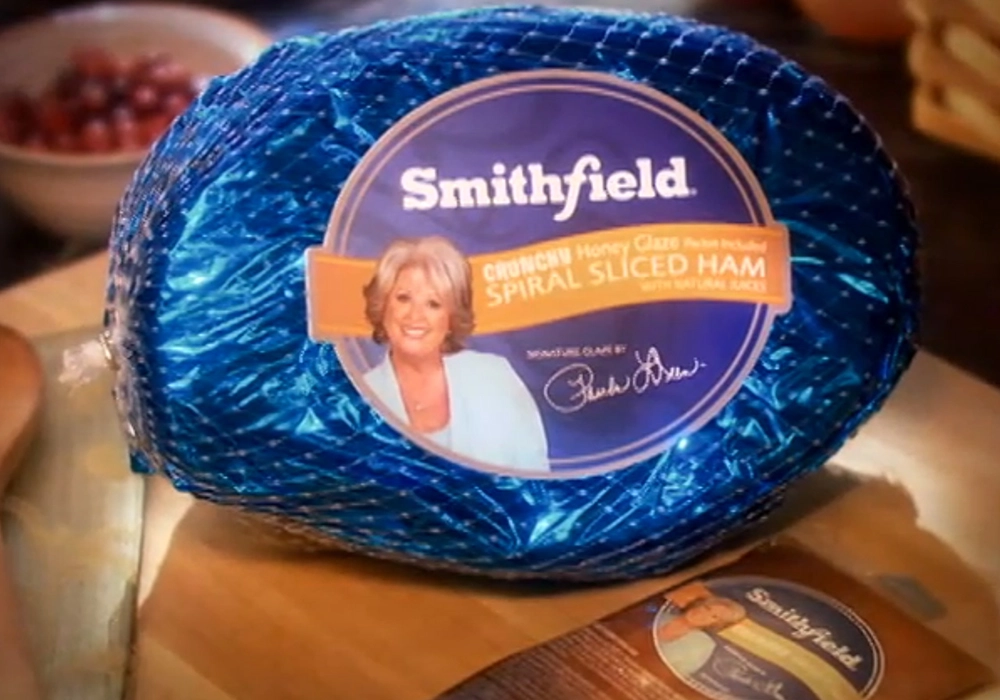
This is the title of an article from 2013: “Paula Deen for Smithfield Foods, Walmart, Target, and More”. The chef’s endorsements fell apart. She admitted in a deposition to using racist slurs. She also admitted to supporting racially insensitive attitudes. In short order, Smithfield dropped her from their hamburger, sausage and bacon line. Retailers like Walmart severed their product deals. Her appearances and cookbook were canceled as the scandal erupted.
Key Lesson: Brands should act fast. They should do so if a celebrity endorser’s acts clash with the company’s values and image. This is especially true for something as dicey as racism. Have a plan in place to be able to distance the brand swiftly.
Jared Fogle for Subway

Jared Fogle worked for Subway in 2015. He had a rags-to-riches story. He lost over 200 lbs by eating Subway sandwiches. This made him an iconic pitchman for the brand for 15 years. That all ended when he was convicted. He was sentenced to nearly 16 years in prison. The charges were for having child pornography. And, for traveling for paid sex with minors.
Subway quickly removed all mentions of Fogle. They took them off their website, ads, and the famous “$5 footlong” campaign. It was an easy decision. Fogle’s crimes were a far from the family-friendly Subway brand.
Key Lesson: is to have ironclad morality clauses. They let you fire a celebrity instantly. You can do so if they do anything illegal, abusive, or sexually deviant. Such actions could harm the brand’s reputation.
Kobe Bryant for McDonald’s
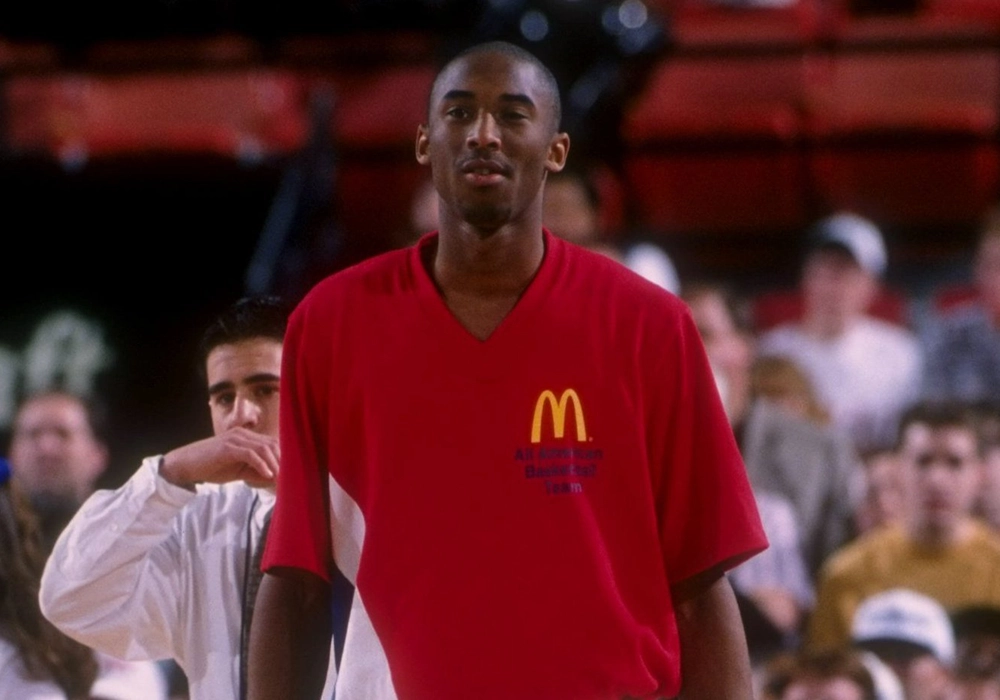
Kobe Bryant for McDonald’s (2004). In 2003, Bryant was arrested. He was charged with assaulting a hotel employee in Colorado. The charges were dropped. But, the high-profile allegations led sponsors to re-evaluate his endorsements. McDonald’s was one of the brands to let his contract expire.
Key Lesson: is that, sometimes, only rumors and bad press about a celebrity can make brands end deals. This happens even if formal charges don’t happen. It’s about mitigating the possible reputational damage by association.
OJ Simpson for Hertz, NBC, and Various Others
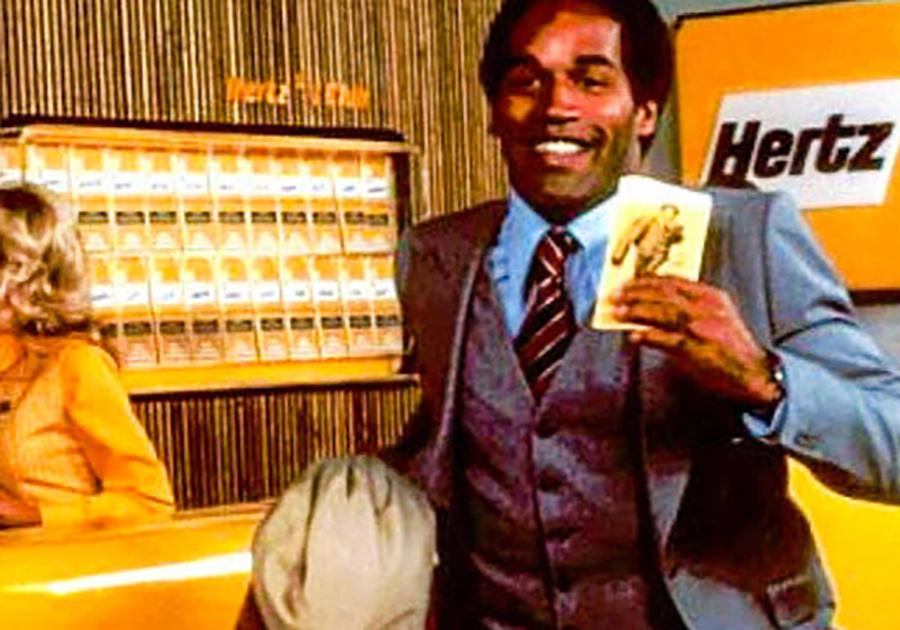
OJ Simpson for Hertz, NBC, and Others (1994). In 1994, OJ Simpson was arrested for murdering Nicole Brown Simpson and Ron Goldman. It caused a frenzy. Companies raced to cut ties with the former football star turned celebrity pitchman.
Hertz fired him as their spokesperson. NBC dropped him from an upcoming comedy pilot he was set to star in.
Key Lesson: This showed the need for termination clauses. They let us shelve ads fast when a celebrity’s reputation turns bad. As lurid details about the alleged murders dragged on. No brand wanted any connection to Simpson.
Ryan Lochte for Speedo, Ralph Lauren, and Others
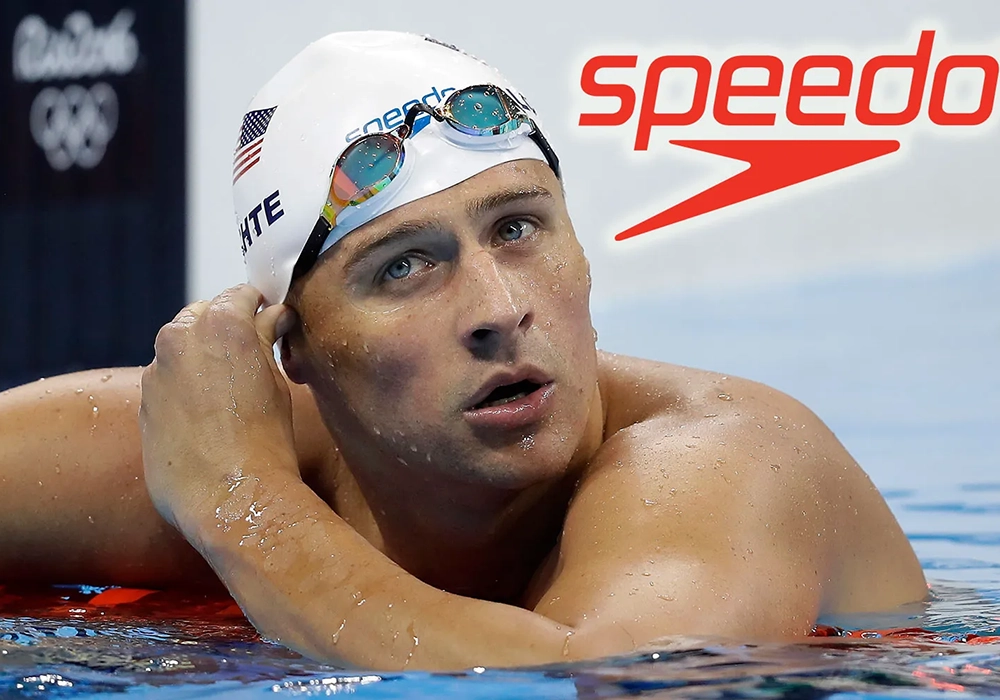
Ryan Lochte lost deals with Speedo, Ralph Lauren, and others in 2016. Lochte was a star in Rio. But, he got in a scandal over lying about being robbed at gunpoint. It was revealed that Lochte had vandalized a gas station bathroom while drunk. After this, several sponsors cut ties.
Speedo ended his deal and donated some of the money to charity. This came after he said his behavior “misrepresented himself. It unacceptably tarnished the name” of Speedo. Ralph Lauren allowed his deal to expire soon after. Airweave and others suspended their partnerships with him as well.
The lesson is that a dishonest celebrity often breaks the trust needed for any endorsement.
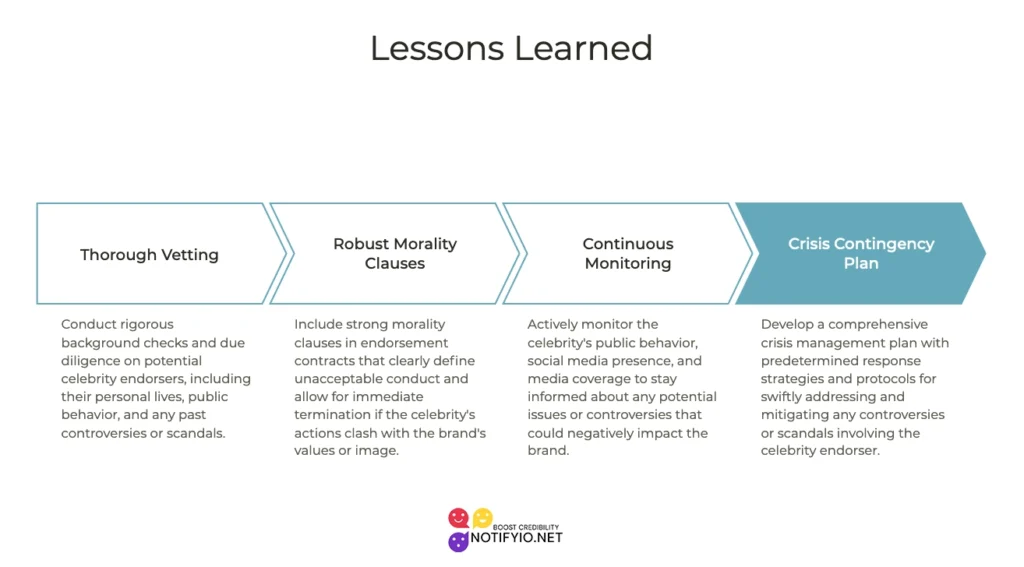
FAQs
Q: Why do companies use celebrity endorsers?
Companies use celebrities in marketing campaigns. Famous people raise brand awareness and drive purchases by recognition, aspiration, and trust. However, these benefits have risks. They can harm the celebrity’s reputation if they get embroiled in scandals.
Q: How much do celebrities get paid for endorsements?
Celebrity endorsement fees vary widely based on the individual’s fame and company involved. Michael Jordan reportedly earned over $100 million from his Nike deal. Models like Kendall Jenner can get $10 million or more each year for endorsements. But many smaller endorsements also exist.
Q: What happens if a celebrity does something controversial?
If a celebrity does something very bad under an endorsement contract, the brand will usually end the deal or stop it. They do this to avoid a bad association. However, some controversies get forgiven based on the severity. They also consider the accountability shown and whether values still align.

Q: Do celebrities have to be good at the things they endorse?
Not necessarily. It helps if celebrities are skilled users of the products they endorse. But, their main role is to raise awareness and credibility. They do this through their celebrity appeal, not product expertise.
Q: Aren’t celebrity endorsements just a gimmick?
Done right, with honesty and a good brand fit, celebrity endorsements can drive marketing success. But brands need to ensure the campaigns don’t seem fake. They must do this through careful oversight.
Q: Do influencers count as celebrity endorsements?
Yes, technically, it does. Influencers use their fame and following to promote brands. This counts as a form of celebrity endorsement. But, traditional celebrity endorsers are usually well-known public figures. They are known nationally or globally, rather than in a specific niche on social media.
Q: Can politics jeopardize a celebrity endorsement?
Yes, celebrities with extreme political views can alienate large consumer segments. This can put their endorsements at risk. Many brands tend to avoid polarizing ones. They do so unless the polarizing ones match the company’s values and target market.
Conclusion
At the end of the day, celebrity endorsements are still one of the most powerful tools for marketers. They use them to lift brands and products in crowded markets. The name recognition, cultural relevance, and aspiration that celebrities lend are very valuable. They are assets when used properly.
But, the examples show how quickly benefits can become liabilities. This happens if endorsed celebrities fall into controversy or scandal. Brands must thoroughly vet potential celebrity endorsers upfront. They must check for skeletons, lifestyle alignment, and conduct. They must also consistently monitor them.
In addition, organizations need clear backup plans. They also need risk reduction strategies for when things go wrong with spokespeople. Otherwise, the deals can become PR nightmares. They can decimate reputations and credibility overnight.
So go ahead and utilize celebrities to stand out and capture attention. Just have safeguards. Also, know that great marketing brings big risks. You must manage them.




Leave a Reply